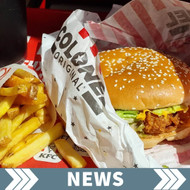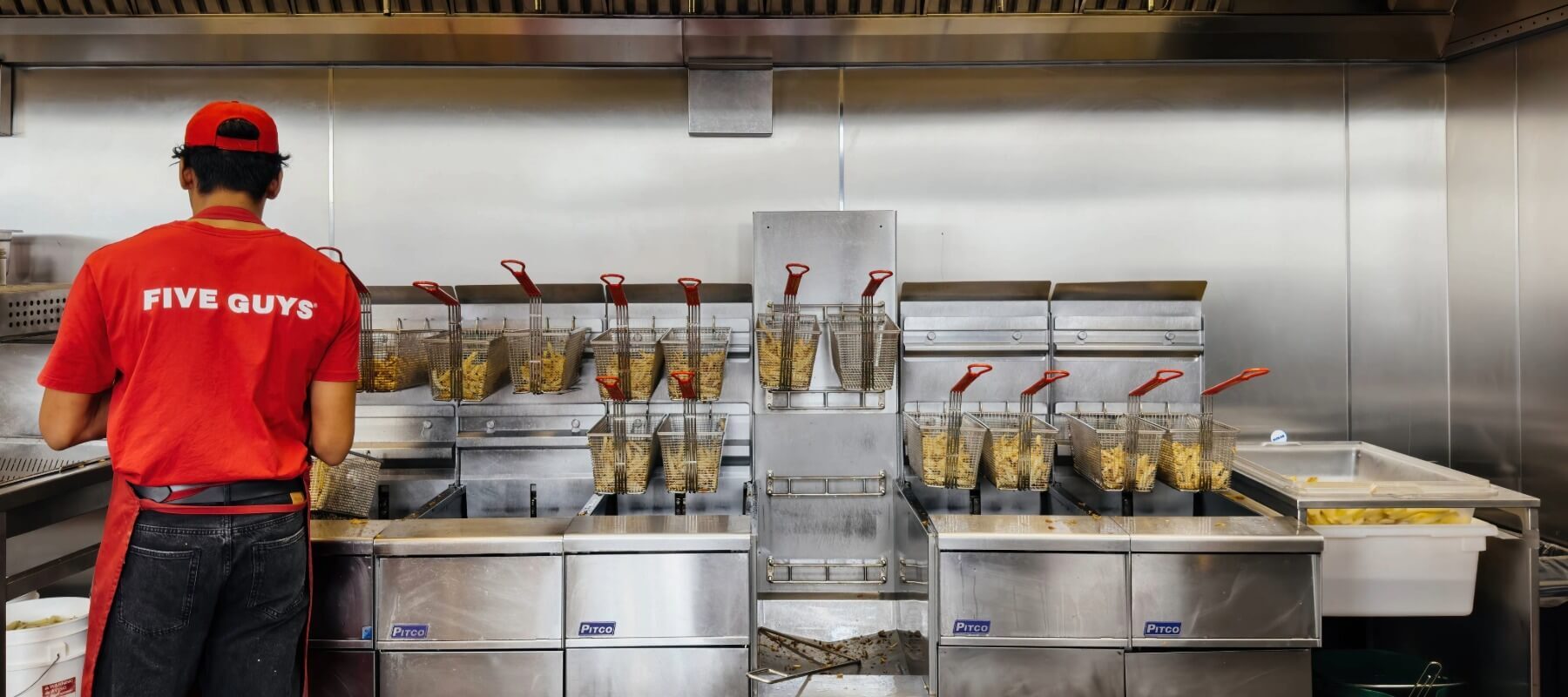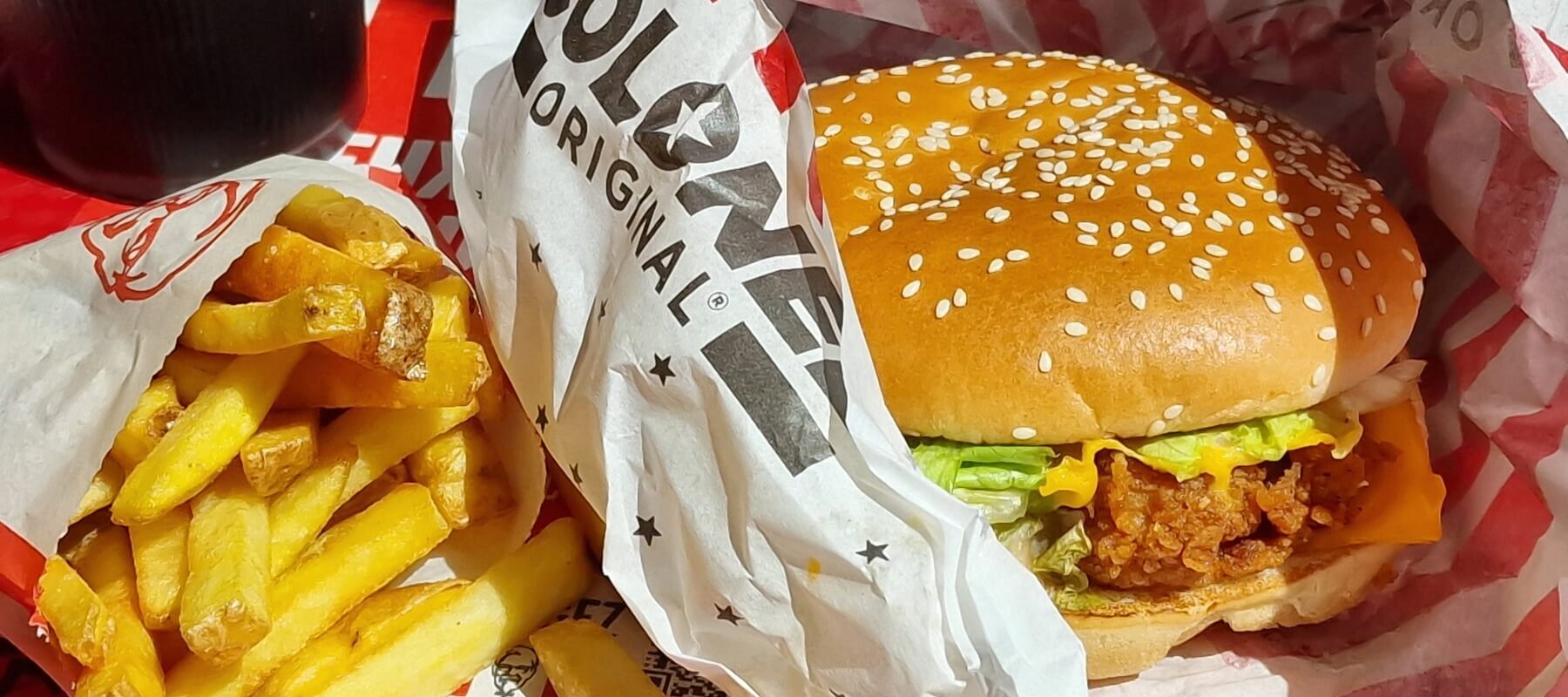Consumers Cut Back on Fast Food but Indulge in Branded Treats
Posted by Emma on 20th Aug 2025 Reading Time:
Britons are rethinking their relationship with fast food. Once seen as an easy and affordable indulgence, takeaway meals are slipping down the list of household priorities as grocery bills climb and budgets tighten.
New research from Worldpanel by Numerator shows that fast food and casual dining outlets recorded a 6% drop in customers during the three months to mid-July 2025, compared with the same period last year. For an industry built on convenience and mass appeal, the findings highlight a crucial question: how does fast food remain relevant when consumers are treating eating out as a luxury?
Grocery Prices Dictating Choices
The weekly supermarket shop is quietly shaping dining habits. With grocery price inflation running at 5% in August—only slightly lower than July’s 5.2%—consumers are cutting back elsewhere to offset the pressure. Fraser McKevitt, head of retail and consumer insight at Worldpanel, pointed out that supermarket costs ripple across spending habits: “What people pay for their supermarket shopping often impacts their spending across other parts of the high street too, including their eating and drinking habits out of the home.”
The implication for fast food chains is clear: when household budgets are squeezed, a burger or fried chicken meal is no longer a thoughtless purchase. It becomes a decision weighed against smaller, cheaper rewards such as supermarket treats or takeaway coffees.
Coffee Shops Survive Where Fast Food Slips
Coffee shops provide a telling contrast. Visits rose by 3% over the same period, showing that people are reluctant to abandon indulgence altogether. Instead, they are trading down to lower-cost “little luxuries”. A latte or a sweet snack feels like a treat without carrying the financial weight of a full takeaway meal.
What This Means for Fast Food Operators
The data paints a challenging picture, but it also offers direction. Consumers are eating out less frequently, meaning every visit must feel worth it. If a customer is only going to treat themselves to fast food occasionally, the experience must deliver on both price and quality.
- Value must be visible. Pricing needs to feel competitive, transparent, and justified. Deals, bundles, and loyalty rewards will play an essential role in reinforcing that fast food is still affordable.
- Quality must shine. Food must not only be fast but also consistently excellent. In a climate where a fast food trip is increasingly seen as a treat, standards of taste, freshness, and presentation will determine whether customers return.
- Experience matters. Clean, welcoming spaces and efficient service are no longer optional—they are essential to convince consumers their money has been well spent.
- Marketing should reframe fast food. Positioning meals as a small luxury, rather than just convenience, could help bridge the gap between affordability and indulgence.
Closing Thought
The fast food sector stands at a crossroads. Consumers are still willing to treat themselves, but they are choosing carefully, and frequency is down. For operators, the lesson is straightforward: if the food is fantastic and the price feels fair, fast food can still live up to its name. But if either of those elements is missing, customers will look elsewhere for their next affordable indulgence.




